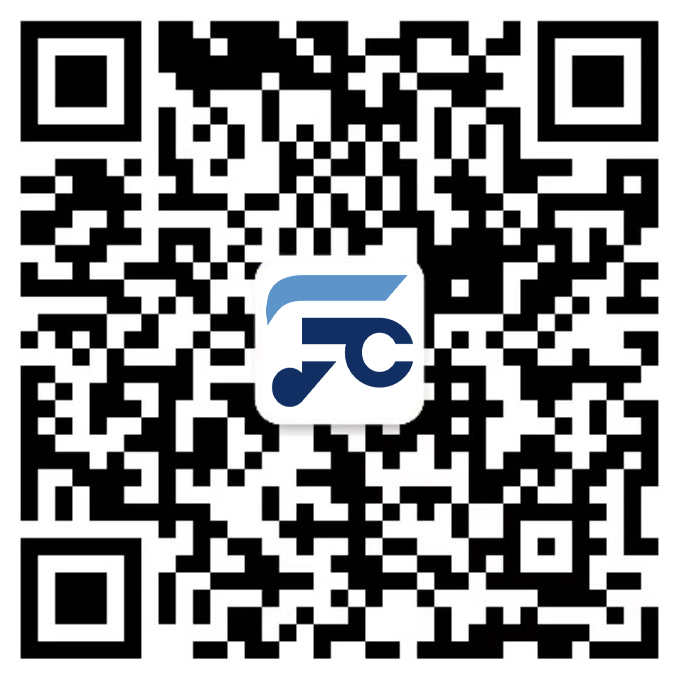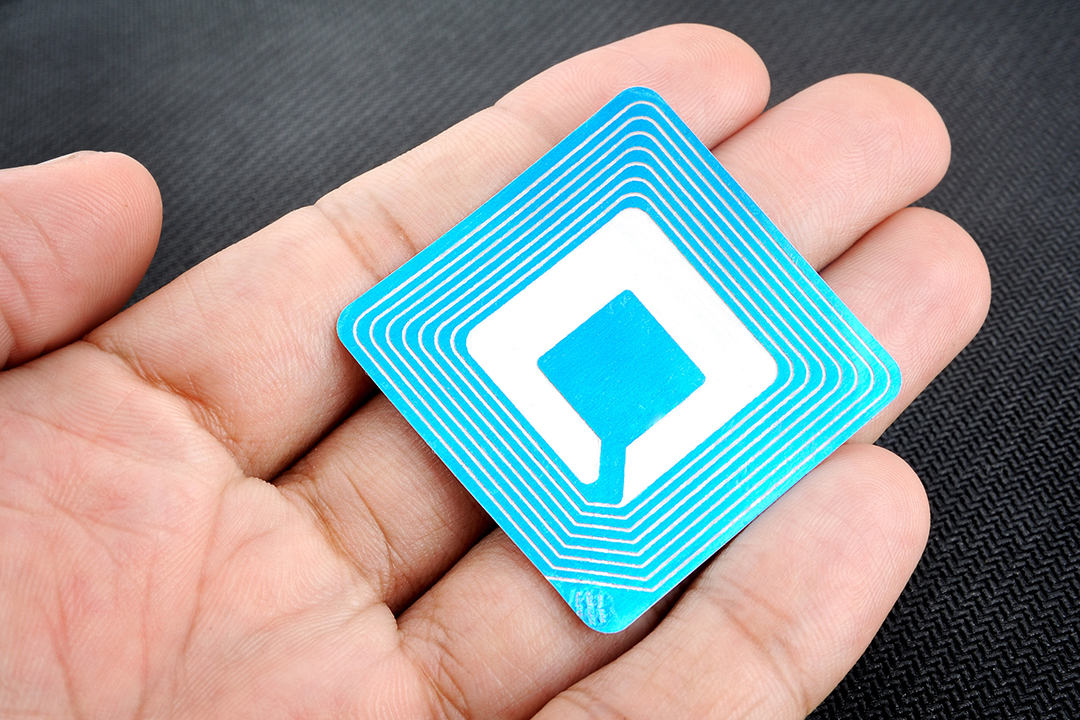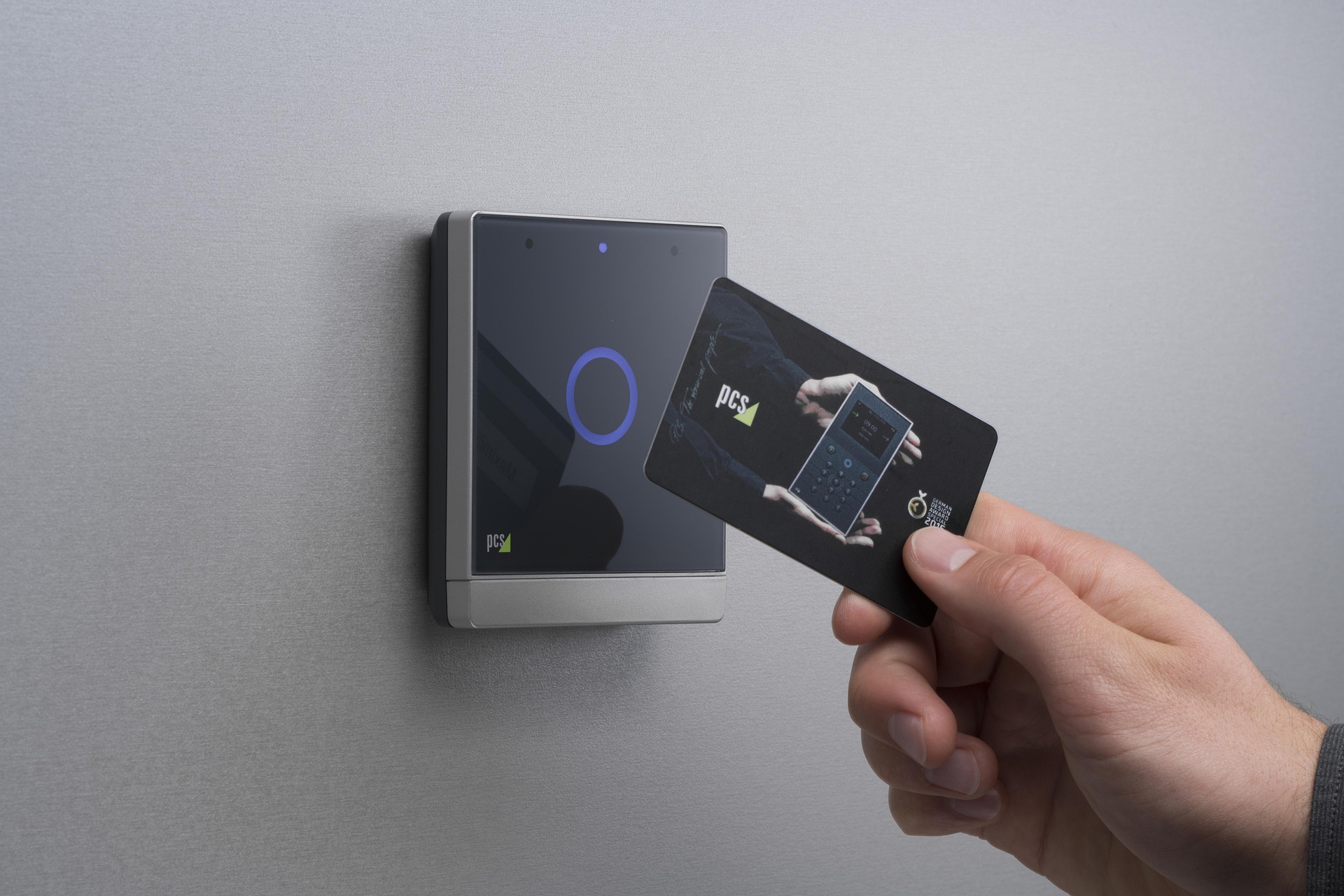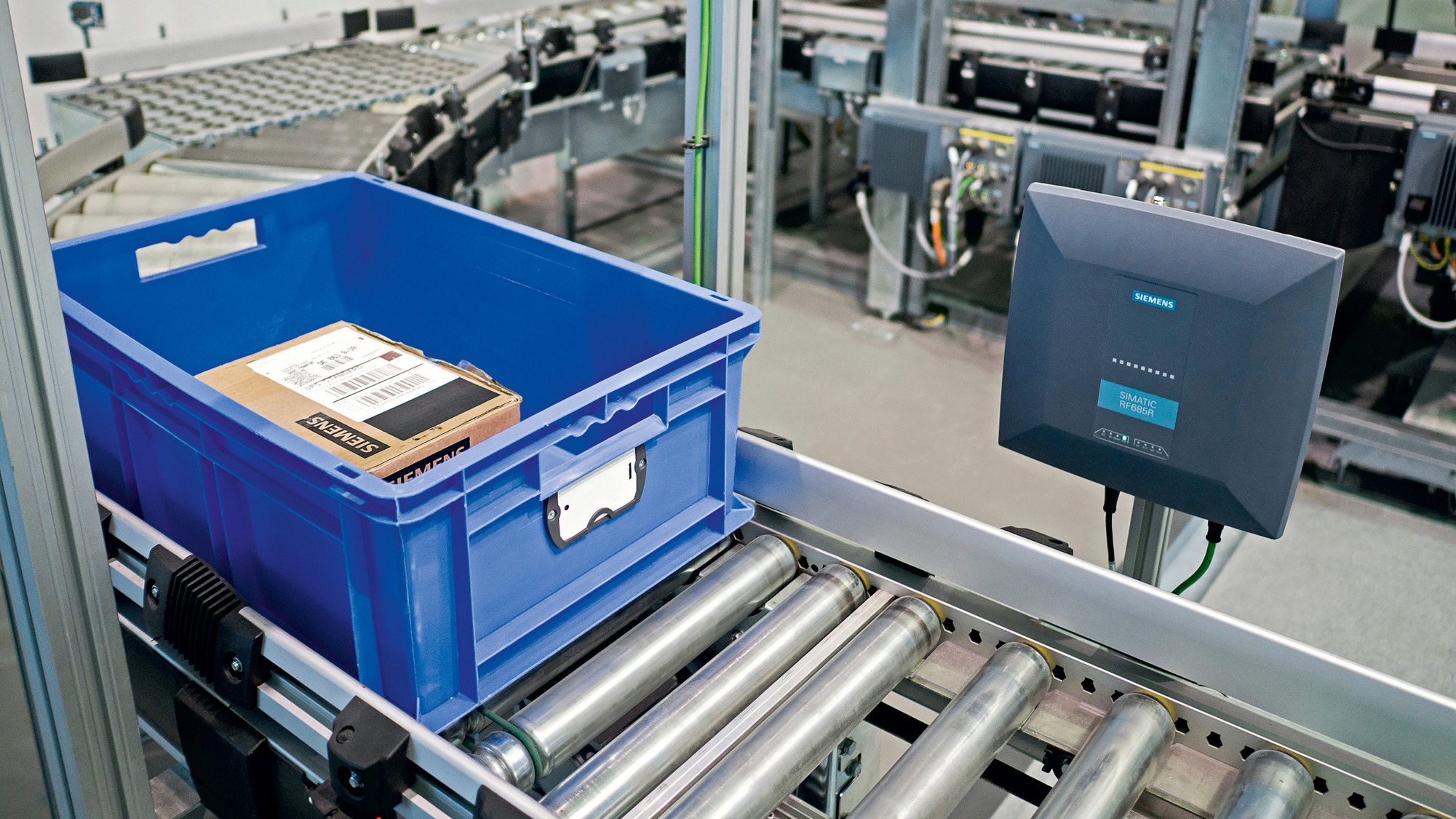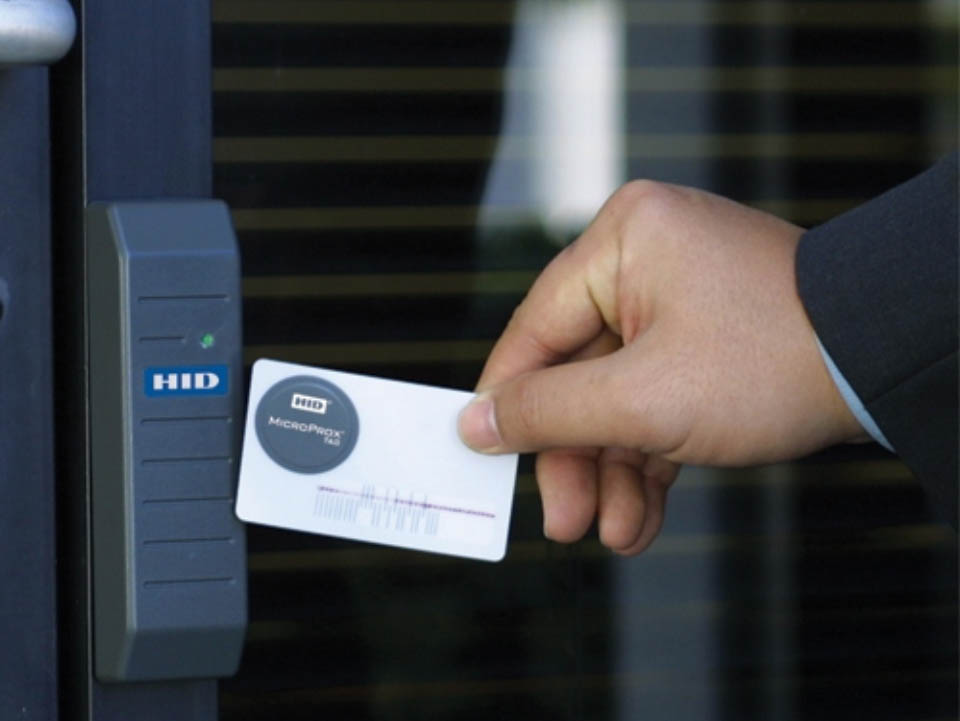The characteristics and application fields of electronic tags in various frequency bands in RFID technology
Electronic tags working in different frequency bands or frequency points have different characteristics. This article introduces the characteristics of different working frequencies of RFID and the main application fields in detail.
For an RFID system, its frequency band concept refers to the frequency range of tag signals sent, received and read by the reader through the antenna. From the concept of application, the working frequency of the radio frequency tag is also the working frequency of the radio frequency identification system, which directly determines the characteristics of all aspects of the system application. In the RFID system, the system works just like we usually listen to FM radio, and the radio frequency tags and readers must be modulated to the same frequency to work. The working frequency of the radio frequency tag not only determines the working principle of the radio frequency identification system (inductive coupling or electromagnetic coupling), the recognition distance, but also determines the difficulty and equipment cost of the radio frequency label and reader. The frequency bands or frequency points occupied by RFID applications are internationally recognized, that is, they are located in the ISM band. Typical operating frequencies are: 125kHz, 133kHz, 13.56MHz, 27.12MHz, 433MHz, 902MHz~928MHz, 2.45GHz, 5.8GHz, etc.
According to different operating frequencies, RFID tags can be divided into different types such as low frequency (LF), high frequency (HF), ultra high frequency (UHF) and microwave. The working principle of RFID in different frequency bands is different. RFID tags in LF and HF bands generally adopt the principle of electromagnetic coupling, while RFID in UHF and microwave bands generally adopt the principle of electromagnetic emission. At present, the frequencies widely used in the world are distributed in four bands, low frequency (125KHz), high frequency (13.54MHz), ultrahigh frequency (850MHz~910MFz) and microwave (2.45GHz). Each frequency has its characteristics and is used in different fields, so to use it correctly, you must first select the appropriate frequency.
1. Low-frequency electronic tags
Low-frequency electronic tags, referred to as low-frequency tags, have poor security and confidentiality. Its operating frequency range is 30kHz ~ 300kHz. Typical operating frequencies are: 125KHz, 133KHz (there are also other frequencies close to it, such as TI uses 134.2KHz). Low-frequency tags are generally passive tags, and their working energy is obtained from the radiation near-field of the reader coupling coil through inductive coupling. When transmitting data between the LF tag and the reader, the LF tag must be located in the near-field area radiated by the reader antenna. The reading distance of low frequency tags is generally less than 1 meter.
Typical applications of low frequency tags are: animal identification, container identification, tool identification, electronic locking anti-theft (car key with built-in transponder), etc. The international standards related to low frequency tags are: ISO11784/11785 (for animal identification), ISO18000-2 (125-135 kHz). Low-frequency tags have a variety of appearance forms, and the appearance of low-frequency tags used in animal identification includes: collar type, ear tag type, injection type, pill type, etc. Typical application animals are cattle, homing pigeons, etc.
The main advantages of low-frequency tags are as follows: the tag chip generally adopts ordinary CMOS technology, which has the characteristics of power saving and low cost; the working frequency is not restricted by radio frequency regulation; it can penetrate water, organic tissue, wood, etc.; it is very suitable for short-distance , low-speed, and less data-requiring recognition applications (for example: animal recognition), etc.
The disadvantages of low-frequency tags are mainly reflected in: tags store less data; only suitable for low-speed, short-distance identification applications; compared with high-frequency tags: tag antenna turns more, and the cost is higher;
2. Medium and high frequency band electronic tags
The working frequency of the medium and high frequency band electronic tags is generally 3MHz ~ 30MHz. The typical operating frequency is: 13.56MHz. From the perspective of radio frequency identification applications, the electronic tags in this frequency band should be classified as low-frequency tags because their working principle is exactly the same as that of low-frequency tags, that is, they work by inductive coupling. On the other hand, according to the general division of radio frequency, its working frequency band is also called high frequency, so it is often called high frequency tag. High-frequency electronic tags generally use passive methods, and their working energy is the same as that of low-frequency tags, which is also obtained from the radiation near-field of the reader coupling coil through inductive (magnetic) coupling. When the tag exchanges data with the reader, the tag must be located in the near-field area radiated by the reader’s antenna. The reading distance of IF tags is generally less than 1 meter (the maximum reading distance is 1.5 meters).
The basic characteristics of the high-frequency standard are similar to those of the low-frequency standard. Due to the increase of its operating frequency, a higher data transmission rate can be selected. The antenna design of the electronic tag is relatively simple, and the tag is generally made into a standard card shape. Typical applications include: electronic ticket, electronic ID card, electronic locking anti-theft (electronic remote control door lock controller), community property management, building access control system, etc. Relevant international standards include: ISO14443, ISO15693, ISO18000-3 (13.56MHz) and so on.
3. UHF and microwave labels
The electronic tags of UHF and microwave frequency bands are referred to as microwave electronic tags for short, and the reading distance of UHF tags is large. Its typical working frequency is: 433.92MHz, 862(902)~928MHz, 2.45GHz, 5.8GHz. Microwave electronic tags can be divided into two types: active tags and passive tags. When working, the electronic tag is located in the far field of the reader’s antenna radiation field, and the coupling mode between the tag and the reader is electromagnetic coupling. The radiation field of the reader antenna provides radio frequency energy to the passive tags and wakes up the active tags. The reading distance of the corresponding radio frequency identification system is generally greater than 1m, typically 4~7m, and the maximum can reach more than 10m. The reader antenna is generally a directional antenna, and only the electronic tags within the directional beam range of the reader antenna can be read/written. Due to the increase of the reading distance, multiple electronic tags may appear in the reading area at the same time in the application, thus the demand for simultaneous reading of multiple tags is proposed, and this demand has developed into a trend. At present, the advanced radio frequency identification system regards the problem of multi-tag reading as an important feature of the system.
UHF tags are mainly used for automatic identification of railway vehicles and container identification, and can also be used in road vehicle identification and automatic toll collection systems. According to the current technical level, the relatively successful products of passive microwave electronic tags are relatively concentrated in the 902~928MHz working frequency band. Most of the 2.45GHz and 5.8GHz radio frequency identification systems are available as active microwave electronic tag products. Active tags are generally powered by button batteries and have a longer reading distance.
The typical characteristics of microwave electronic tags mainly focus on whether they are passive, wireless reading and writing distance, whether they support multi-label reading and writing, whether they are suitable for high-speed identification applications, the transmission power tolerance of the reader, the price of the electronic tag and the reader, etc. . For electronic tags that can be written wirelessly, generally, the writing distance is shorter than the reading distance, because writing requires more energy. The data storage capacity of microwave electronic tags is generally limited within 2Kbits, and no matter how large the storage capacity is, it does not seem to make much sense. From the perspective of technology and application, microwave electronic tags are not suitable as a carrier of large amounts of data. The function is to identify items and complete the contactless identification process. Typical data capacity indicators are: 1Kbits, 128Bits, 64Bits, etc. The capacity of the product electronic code EPC formulated by Auto-ID Center is: 90Bits.
Typical applications of microwave electronic tags include: mobile vehicle identification, electronic ID card, warehousing and logistics applications, etc. Relevant international standards include: ISO10374, ISO18000-4 (2.45GHz), -5 (5.8GHz), -6 (860-930 MHz), -7 (433.92 MHz), ANSI NCITS256-1999, etc.
At present, the same frequency used by different countries is not the same. At present, the UHF used in Europe is 868MHz, and the UHF used in the United States is 915MHz. Japan currently does not allow UHF to be used in radio frequency technology. The government also limits its effect on other devices by adjusting the reader’s power source. Organizations such as the Council for the Advancement of Global Business are encouraging governments to lift restrictions. Tag and reader manufacturers are also developing systems that can use different frequencies to avoid these problems.
In practical applications at present, frequency bands such as 13.56MHz, 860MHz-960MHz, and 2.45GHz are more commonly used. The short-range RFID system mainly uses LF and HF frequency bands such as 125KHz and 13.56MHz, and the technology is the most mature; the long-distance RFID system mainly uses UHF frequency bands such as 433MHz, 860MHz~960MHz, and microwave frequency bands such as 2.45GHz and 5.8GHz.
my country’s technology in the design of RFID tag chips in LF and HF bands is relatively mature, and the design technology in HF bands is close to the international advanced level. RFID chips that meet ISO14443 Type A, Type B and ISO15693 standards have been independently developed and successfully applied to Among the projects such as traffic one-card and second-generation ID card.

